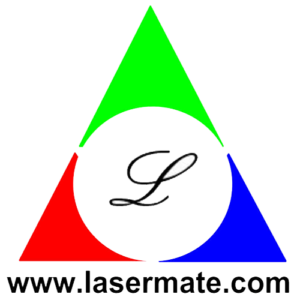Lasermate Group, Inc. provides lasers for ophthalmology application.
Lasers for Ophthalmology
Description
Eyes are the most sophisticated and one of the most important, very fragile and vulnerable organs of the body. Once the eyeball appears to have lesion, it is difficult to remove the lesion safely by normal surgery procedures. Most organizations of the eyes are transparent, allowing the beam to get through. With the development of laser science, the use of lasers for eye treatment seem to achieve good results.
Laser treatment for fundus diseases is so effective that it has become the first choice for certain fundus diseases. One of the more clinically used laser treatment devices is the multi-wavelength fundus laser. It integrates three wavelengths of laser light – yellow, red, and green in one, and can instantly switch between red, green, and yellow wavelengths without time lag. It can meet the laser treatment of various fundus diseases, with the characteristics of simple, rapid, minimally invasive, and effectiveness, and is a technology that cannot be replaced by other treatment methods. It is globally recognized as the “gold standard” for laser treatment of fundus diseases.
Fundus tissues have different absorption rates for different wavelengths of laser. Clinically, using these characteristics, different colors of lasers can be selected to treat difference diseases, as exemplified below:
- Melanin and hemoglobin have strong absorption of green light, which can be used to select green light for laser photocoagulation.
- The spot area does not absorb yellow light, so you can choose to treat the area around the macula to avoid visual impairment caused by accidental laser injury to the macula.
- The absorption rate of hemoglobin to red light is low, so red light has a high penetration of blood. For patients with vitreous hemorrhage, red light can be selected for fundus photocoagulation.
Some areas of application include retinal photocoagulation, iridotomy, cataract surgery, trabecular angioplasty, lamellar keratoplasty, and vitreous lysis. The common wavelengths for applications in ophthalmology are as follows: 532nm, 561nm, 577nm, 635nm, 671nm, 810nm, 980nm, 1064nm, 1320nm, etc. Normally several millijoules are needed for pulsed lasers, such as 2mJ for 532nm laser and 10mJ for 1064nm laser; the power is around several watts, such as 2W, 3W for 532nm green laser.
Specifications
Common Laser Wavelengths for Ophthalmology
- 532nm
- 561nm
- 577nm
- 635nm
- 810nm
- 980nm
- 1064nm
- 1320nm
- Multi-wavelength laser

